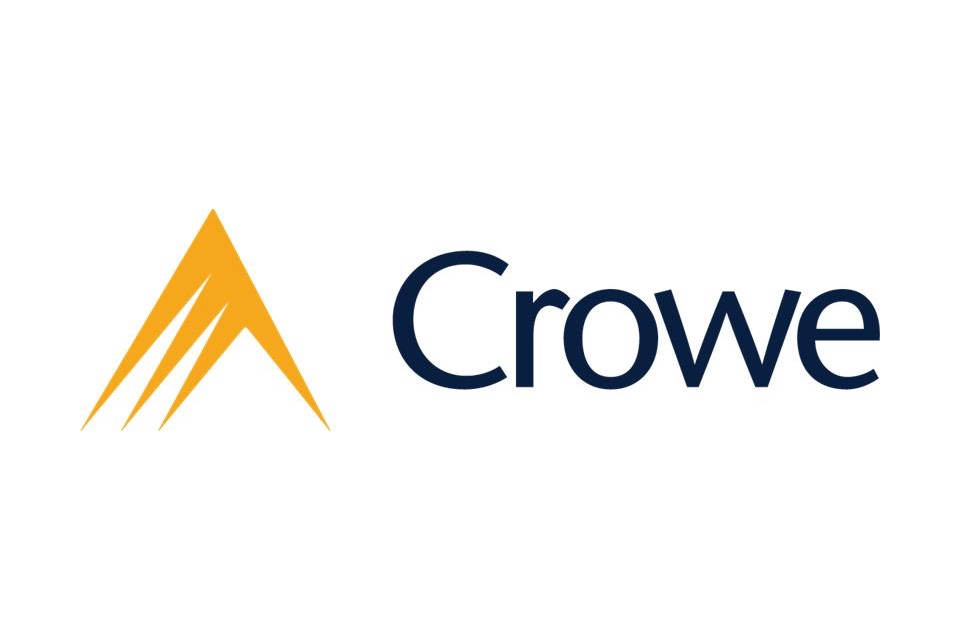Fraud Prevention Summit: Your source of knowledge & expertise

The Fraud Prevention Summit is where leading experts will share their insights and expertise on the world of merchant fraud: This year, we’re featuring Criminologist and Forensic Linguist, Dr Elisabeth Carter, who will present on Language for Criminal Gain: This presentation exposes the language in fraudulent communications; exploring how legitimacy and credibility are maintained while the interaction moves to […]
August 2025 is Anti Fraud Platforms Month on Fraud Prevention Briefing – Here’s how to get involved!

Each month on Fraud Prevention Briefing we’re shining the spotlight on a different part of the market – and in August we’ll be focusing on Anti Fraud Platforms. It’s all part of our ‘Recommended’ editorial feature, designed to help industry buyers find the best products and services available today. So, if you specialise in Anti Fraud Platforms and […]
FRAUD DETECTION TOOLS MONTH: How to procure the right solutions for your business

Selecting the right fraud detection partners is a critical decision for retailers navigating an increasingly complex digital landscape. With rising volumes of e-commerce transactions, hybrid payment models, and growing international operations, retailers attending the Fraud Prevention Summit need tools that can prevent fraud effectively without compromising customer experience… Key Considerations for Vendor Selection The most […]
How to prepare your organisation for the Failure to Prevent Fraud offence

The enforcement of the Failure to Prevent Fraud (FTPF) offence is right around the corner. Is your organisation ready? The FTPF offence, introduced under the Economic Crime and Corporate Transparency Act 2023, will come into force on 1st September 2025. The offence aims to hold large organisations criminally liable if they fail to prevent fraud committed […]
FRAUD DETECTION TOOLS MONTH: How data sharing and consortium models are powering next-gen retail fraud detection

As fraud threats become more complex and cross-border, UK-based retailers are increasingly recognising that tackling the problem in isolation may no longer be enough. In 2025, collaborative intelligence is emerging in the fight against e-commerce fraud, with data sharing and consortium models enabling faster detection, broader visibility, and greater resilience… Retail fraud now extends beyond […]
IT leaders ‘fear’ data overload could cripple operations

Research indicates that the majority (58%) of IT decision makers (ITDMs) ‘fear’ the exponential rise of data within their business, with concerns being raised regarding security, compliance, and operational risk. The new data from Splunk, which surveyed 500 UK ITDMs from companies of 250 employees or more, reveals that 97% have seen an increase in demand […]
The Invisible Victims of Fraud: Why child identity theft demands an industry-wide response

By David White, Global Head of Product and Data at LSEG Risk Intelligence When we talk about fraud prevention, most conversations centre on adult consumers, corporations, or digital infrastructure. Children are often an afterthought, if not forgotten altogether. Child identity theft is one of the fastest growing and least detected forms of fraud globally. In […]
The Fraud Prevention Summit has all the solutions you need this November

Fully-funded delegate places at the Fraud Prevention Summit are still available, but you’ll need to be quick to grab one! Can you confirm if you will be joining us in November? This unique industry event acts as a valuable source of professional development enabling you to expand your knowledge and stay updated on the latest industry offerings. Monday […]
Serious Fraud Office receives extra budget for intelligence gathering

The Government has confirmed upwards of £8 million of investment over the next three years will be spent on strengthening the Serious Fraud Office’s (SFO) intelligence and information-gathering work and expanding the agency’s use of technology to assist with disclosure. The extra funding, which is in addition to the £9.3 million of funding announced in the […]
DIGITAL IDENTITY VERIFICATION MONTH: A solutions procurement guide for retailer fraud teams

Identity fraud remains one of the most persistent and costly threats in retail and e-commerce. As customer expectations for frictionless experiences grow alongside regulatory pressure and sophisticated fraud tactics, selecting the right identity verification partner in 2025 is a critical strategic decision. Retail fraud prevention teams attending the Fraud Prevention Summit must balance strong authentication […]
